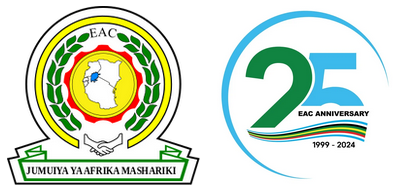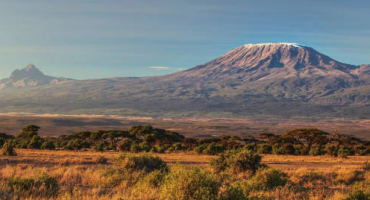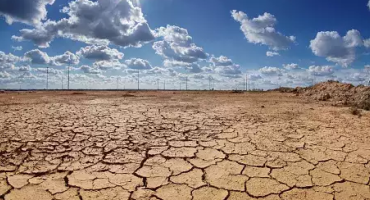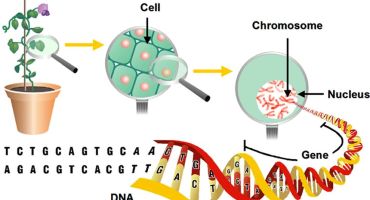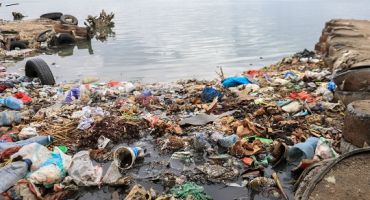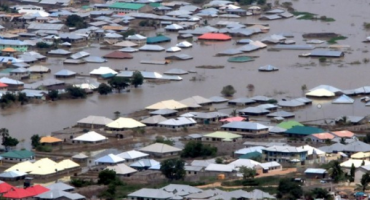
Environment and Natural Resources
Managing and sustaining the eco-systems and natural resources of the Community by preventing, arresting and reversing the effects of environmental degradation as well as management and the sustainable utilisation of natural resources.
The East African Community is endowed with various trans-boundary resources that are the drivers of local livelihoods, as well as national and regional economic development. The resources are generally categorized as aquatic which includes fresh water, marine and coastal water ecosystems and; terrestrial ecosystems which include forests and wildlife, wetlands, rangelands, arable land and mountainous national and shared ecosystems. Other natural resources include minerals and energy resources, and rich biodiversity.
These ecosystems are primary assets and a store of wealth - wildlife, flora and fauna, which if well managed, could contribute to poverty alleviation.
These shared ecosystems face major threats, which include depletion of natural resources due to:
- the rising population pressure,
- expansion in human activities;
- over-exploitation, unsustainable agricultural practices,
- over-fishing,
- pollution including both point and non-point sources, and
- rampant conversion and destruction of wetlands in ecosystems such as Lake Victoria.
These threats, if not mitigated in a timely manner, may have significant negative ecological, environmental, and social impacts.
EAC’s mandate on environment and natural resources management is drawn from Chapter 19 of the Treaty for the Establishment of the EAC (Articles 111, 112, 113 and 114).
The EAC Treaty recognizes that development activities in various productive and social sectors including those in agriculture and livestock production, energy generation, industrial and infrastructure development and health pose negative impacts to the environment and may lead to the degradation of the environment and depletion of its rich natural resource capital.
In recognition that a clean and healthy environment is a prerequisite for sustainable development. The Partner States have therefore agreed to:
- take concerted measures to foster co-operation in the joint and efficient management and sustainable utilization of natural resources within the Community;
- undertake, through environmental management strategy, to cooperate and co-ordinate their policies and act ions for the protect ion and conservation of the natural resources and environment against all forms of degradation and pollution arising from developmental activities;
- undertake to co-operate and adopt common policies for control of trans-boundary movement of toxic and hazardous waste including nuclear materials and any other undesirable materials;
- provide prior and timely notification and relevant information to each other on natural and human activities that may or are likely to have significant trans-boundary environmental impacts and shall consult with each other at an early stage; and
- develop and promote capacity building programmes for sustainable management of natural resources.
Environmental and natural resources management issues are also addressed under Article 40 of the EAC Common Market Protocol that commits Partner States to ensure sound environmental and natural resources management for proper functioning of the Common Market through prevention of activities that are detrimental to the environment. These shall be undertaken in accordance with relevant provisions of the Common Market Protocol and any other relevant policies, strategies and legislative instruments of the Community that are in force.
With the objective of ensuring sustainable natural resource use, management and conservation, environmental sustainability, and climate change management, the key priorities of the environmental and natural resources management sector include Climate Change adaptation and mitigation, natural resource management and biodiversity conservation, disaster risk reduction and management, and pollution control and waste management.
The sector is strengthening the resilience and sustainable management of biologically significant trans-boundary freshwater ecosystems; supporting adaptive capacities and resilience to the negative impacts of Climate Change; developing and harmonising standards, framework and regulation on pollution control and waste management; and, strengthening Disaster Risk Reduction management and policy.
The Environment and Natural Resources Sector highlights the following:
